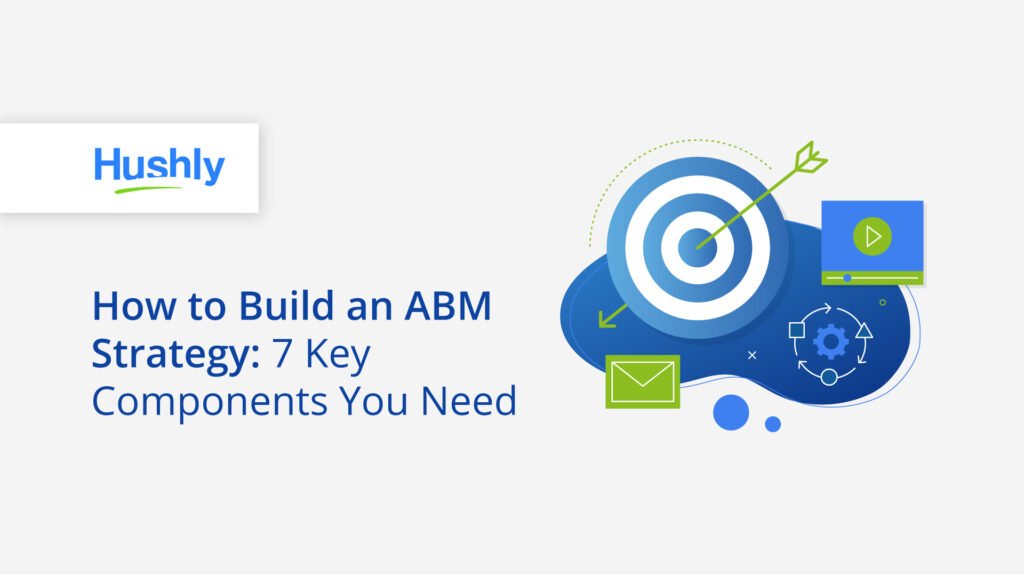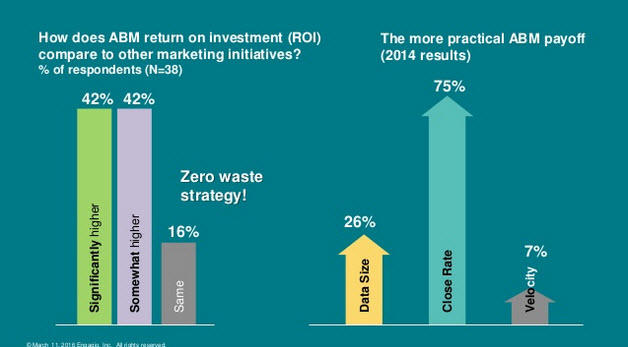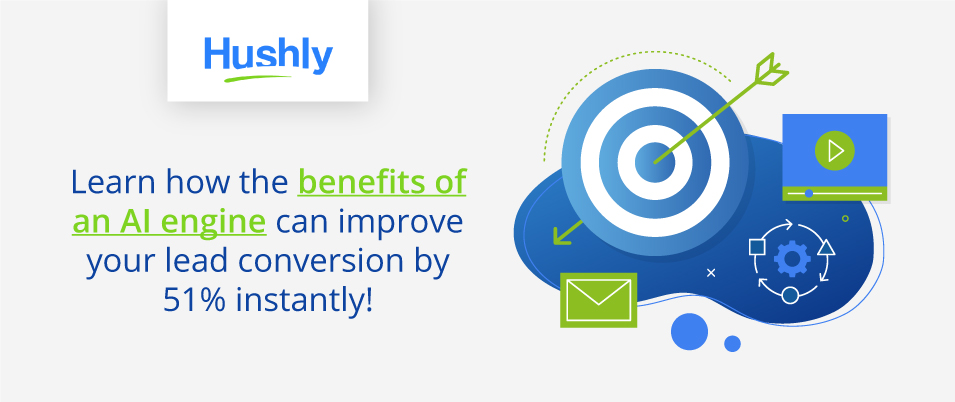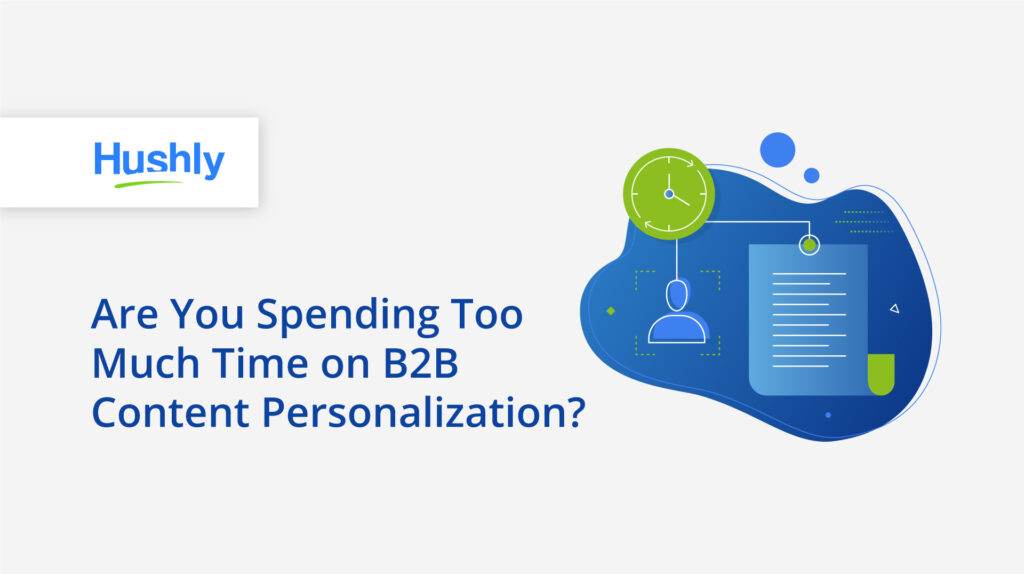Filters
Content Type
Topic
How to Build an ABM Strategy: 7 Key Components You Need

If your B2B organization is shifting its marketing efforts in response to the pandemic, you’re not alone.
About half of B2Bs have scaled back their marketing budgets as of the end of April. 72% say more of their reduction is due to canceling in-person events and shifting operations online.
Luckily, B2B marketers face a little less redundancy than their consumer counterparts. However, it’s impossible to ignore that B2Bs need to stretch every dollar as far as possible.
All eyes are on account-based marketing now.
B2Bs are looking for ways to keep their current customers happy and shift their target audiences. And with so many tools at your disposal, learning how to build an ABM strategy is easier than ever. Here’s how to get started.

What are the Benefits of Account-Based Marketing?
Creating and delivering marketing materials for specific accounts delivers several benefits. It helps you optimize your budget, learn about your audience, and scale your entire marketing strategy.
Account-Based Marketing Helps You Build Relationships with Customers
To build an account-based marketing strategy, you have to learn about your customers and audience on a deeper level so you can create relevant content.
Not only is this effective for converting leads, but it also helps you prevent churn because you can create a better experience for your current customers too.
You Can Enjoy Higher ROI
B2Bs love ABM because it provides the highest return of all their marketing strategies. 84% of marketers say ABM delivers either “significantly” or “somewhat” better ROI than their other tactics.
It’s no secret that personalization is the secret sauce behind earning engagement, leads, and conversions. By nature, ABM is highly personalized because it’s designed for specific accounts. Most strategies include different content assets for distinct job roles and stages of the buying cycle.

It Helps You Differentiate Yourself from Competitors
Developing an ABM process involves studying a potential account’s pain points to figure out how you can solve them more efficiently than your competitors.
The act of researching your audience forces you to evaluate your own company’s capabilities.
How to Build an ABM Strategy: 7 Components to Get Started
The steps below are the keys to reaping the benefits of account-based marketing.
1. Define Your Targeted Accounts and Customers
Before learning how to build an ABM strategy, you’ll need to figure out who you’re creating it for.
Start by looking at your current customers. Are there any loyal accounts who deserve their own category of content marketing or social media targeting?
Next, consider which accounts you’ll target as future prospects. Look at your website traffic first – which companies do your visitors work for? Next, look at market changes. Which companies have scaled back due to the pandemic and which are still trucking along?
These tips should give you a clever idea of which accounts to target moving forward.
2. Research What Makes Them Tick to Define Your Segments
Now you need to study your accounts inside and out. Ask yourself a few questions like:
- How many team members are involved in the buying process?
- What problems do end-users face?
- Who is the key decision-maker?
- Which roles are influential in the decision-making process?
Answering these questions will help you develop your audience segments. Beyond the segments you create based on these firmographics, you’ll also want to create a second tier of segments for each stage of the buying process.
3. Develop Personalized Content Marketing Assets
Once you have your segments, you can start developing personalized content assets. During this stage, you’ll want to figure out which types of content your segments prefer to consume.
Keep in mind that during the buying process:
- About half of B2Bs watch videos.
- 78% consume at least three pieces of content from each vendor.
- 65% listen to podcasts
Ideally, shoot for a wide variety of content.
4. Distribute Personalized Content on Your Website
Now you’ll need a strategy to distribute your valuable content to leads.
You have several AI-driven tools to help you create a personalized experience on your site. Using AI ensures that when someone from a target account visits your site, they’ll always have special content just for them across their screen.
- Self-nurturing landing pages
- Adaptive content hubs
5. Set Up an Email Marketing Series for Each Account or Segment
Email marketing is the perfect tool for staying in touch with accounts off-site because it gives you a direct line of communication.
Plus, email service providers have many innovative tools to help you set up unique automated email campaigns for different accounts. It’s easy to create an entire series that gently nurtures leads and guides them down the funnel.
6. Load Up Your Social Retargeting Campaigns
LinkedIn and Facebook are both packed with impressive audience insight tools and features for reaching your targeted accounts.
When you have some content developed for specific accounts, you can simply plug the URL of a highly targeted blog post into LinkedIn’s advert tool and create a specific post for users who visited that URL.
It’s an excellent strategy for nurturing leads off your site and drawing them back in with more personalized content.
7. Engage in Social Selling
Several industries, especially tech, drive some 50% of their revenue from social selling tactics. While posting from pages is good, it’s not enough to build connections with your accounts.
Individuals at your company should also engage with your accounts on social media platforms – but don’t try to actually sell anything! Just ask questions, build conversations, and work on forming their trust over time. After all, that’s the point of social media.
Boost Your ABM Process with the Power of AI
Artificial intelligence takes the stress out of creating a hyper-personalized experience for your accounts. While they’re on your website, they’ll get a genuinely unique experience with the perfect piece of content at every moment to guide them down the sales funnel.
Learn how the benefits of an AI engine can improve your lead conversion by 51% instantly!

The post How to Build an ABM Strategy: 7 Key Components You Need appeared first on Hushly.


